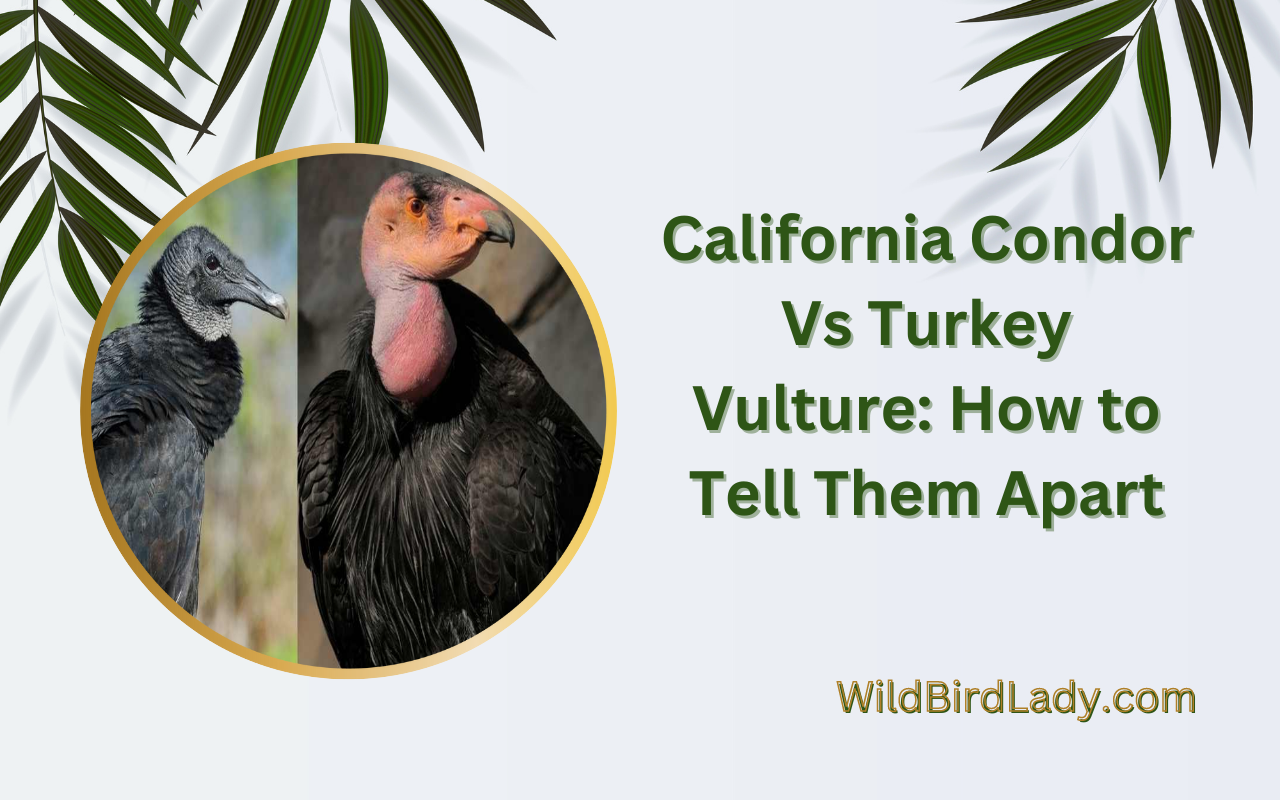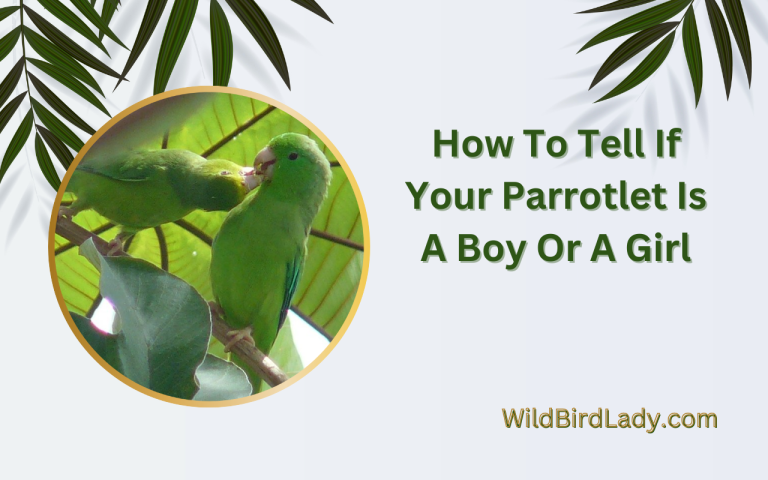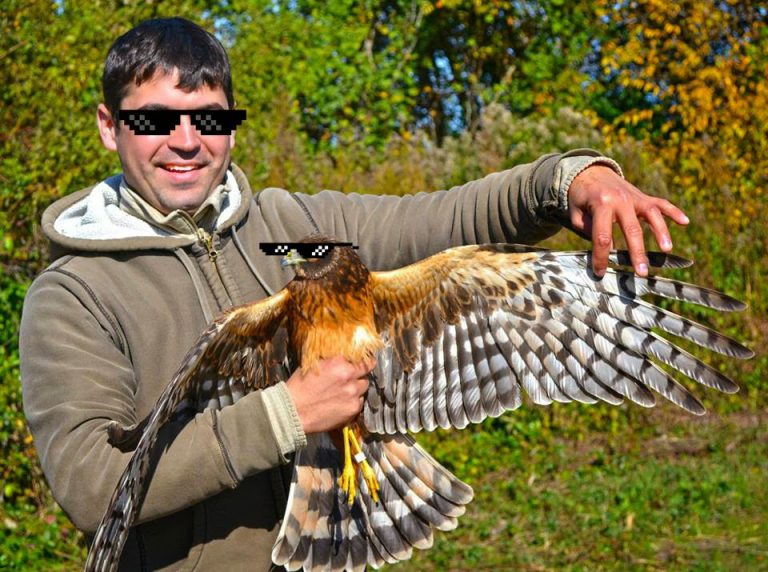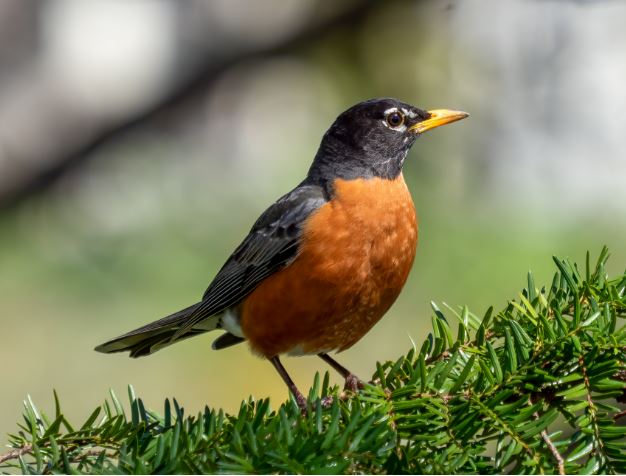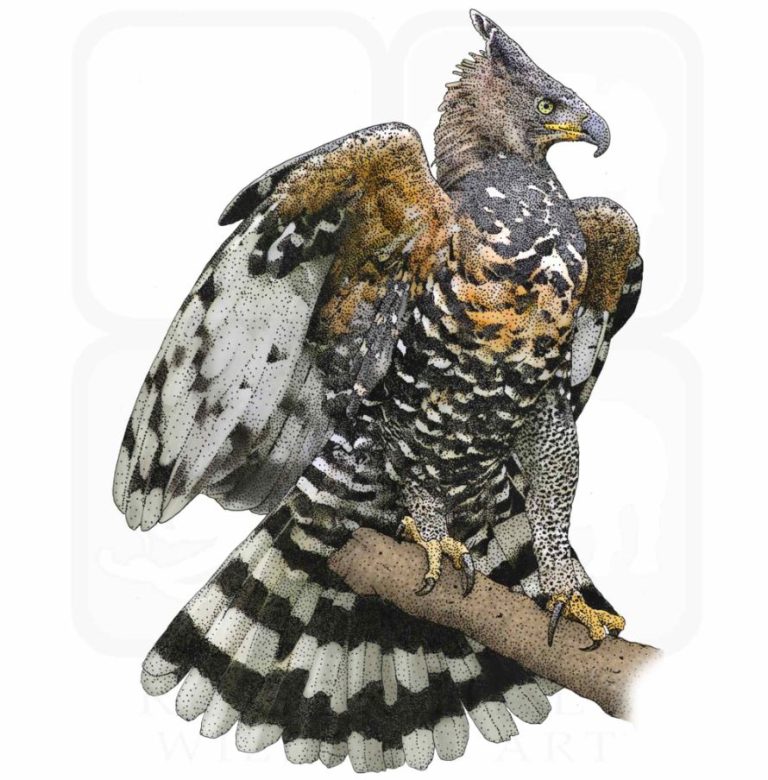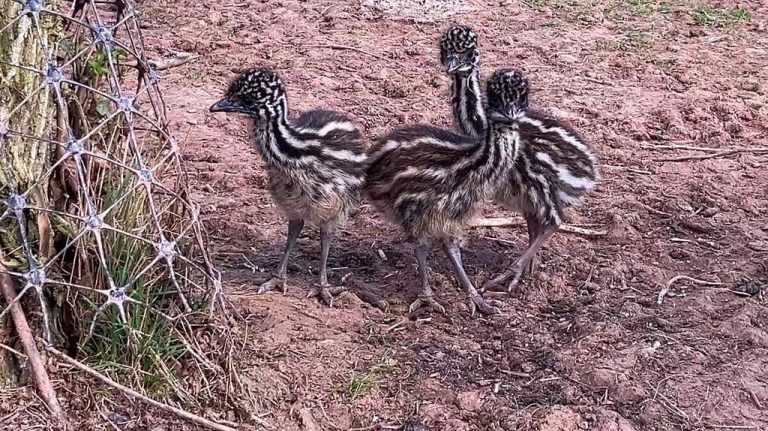California Condor Vs Turkey Vulture: How to Tell Them Apart
California condors are larger and have distinctive white patches under their wings, while turkey vultures have a v-shaped flight pattern. California condors also have a bald head and a black beak, while turkey vultures have a red head and a red beak.
The california condor and the turkey vulture are two of the most widespread species of vultures in the united states. Often mistaken for one another, these two birds are distinct in their size, flight pattern, and physical attributes. California condors are the largest north american land bird with a wingspan of up to ten feet.
They have a black body with white patches under their wings, a bald head, and a black beak. On the other hand, turkey vultures have a distinctive v-shaped flight pattern, a red head, and a red beak. Understanding how to differentiate these two types of birds is essential for bird watchers and animal enthusiasts to appreciate the unique traits of each species.
Physical Characteristics
California Condor Vs Turkey Vulture: How To Tell Them Apart
When it comes to california condors and turkey vultures, they may be similar in appearance, but there are numerous physical differences between them. Knowing these differences is essential in identifying which species is which.
Size And Weight
California condors are considered the largest north american land bird, with a weight of approximately 18 lbs and a wingspan of around 9. 5 feet. In contrast, turkey vultures have a weight of around 4 lbs and a wingspan of around 6 feet.
Therefore, condors are significantly more massive and have a more massive wingspan than turkey vultures.
Wingspan
As previously mentioned, the wingspan is one of the primary differences between california condors and turkey vultures. Condors have a wingspan of around 9. 5 feet, while turkey vultures have a wingspan of approximately 6 feet. Besides, california condors have long, broad wings that appear flat from a distance, whereas turkey vultures have more curved wings.
Feather Coloration And Patterns
The feather coloration and patterns are another key difference between the two types of birds. Turkey vultures have sharp contrasts between black and white feathers on their wings and a reddish-pink head. In contrast, california condors have mostly black feathers, with white patches under their wings and around their necks.
As juveniles, both species exhibit dark brown plumage, but over time, the california condor‘s head will turn pale, while the turkey vulture’s head will turn reddish-pink.
Beak Shape
Beak shape is a crucial identifier for both species. Turkey vultures have a smaller, slender, and pointed beak ideal for scavenging. In contrast, california condors have a more massive, straight, and thick beak ideal for eating carrion, cracking bones, and tearing flesh.
While california condors and turkey vultures may seem similar at first glance, there are numerous physical differences that distinguish them. By paying attention to their size and weight, wingspan, feather coloration and patterns, and beak shape, it’s easy to tell these birds apart.
Habitat And Distribution
Where They Can Be Found
California condors and turkey vultures are both large birds that can be found in north america, but their habitat and distribution differ. Here are some key points to distinguish where each of them can be found:
- California condors are found in the western parts of north america, specifically in california, arizona, baja california, and utah.
- Turkey vultures, on the other hand, are widespread and can be found across north, central, and south america.
- While california condors prefer to live in rocky terrain, river valleys, and mountains, turkey vultures prefer open areas, including deserts, forests, and grasslands.
Geographic Range
The range of california condors and turkey vultures also differ:
- California condors have a limited range and are classified as critically endangered. They can only be found in specific areas in north america.
- Turkey vultures have a vast range and are classified as least concern. They can be found across north, central, and south america, making them one of the most widespread bird species in the world.
Preferred Habitats
Both birds have different preferred habitats:
- California condors prefer to live and nest in rocky terrain, cliffs, and caves. They also prefer to be close to water sources, making river valleys and mountains an ideal home.
- Turkey vultures prefer open areas, including deserts, forests, and grasslands. They tend to nest in shallow depressions on the ground or in cavities on trees, but they also use barns or abandoned buildings for roosting.
Understanding the habitat and distribution of california condors and turkey vultures is critical in identifying and differentiating between these two large birds. While both have similarities and differences, their primary habitats and geographic ranges are what set them apart.
Diet And Feeding Habits
California Condor Vs Turkey Vulture: How To Tell Them Apart
The california condor and turkey vulture are two of the most common birds of prey found in north america. Both look similar in appearance, with their black wings and bald heads, which can confuse many people. However, the feeding habits of these birds are very different.
We will take a closer look at their diet and feeding behavior to help you differentiate between the two birds.
What They Eat
The diet of a california condor mainly consists of carrion, or dead animal carcasses. They prefer large mammals, such as deer or bison, but may also feed on smaller animals like rabbits or birds. They are known to scavenge from animal leftovers or kills from other predators.
Additionally, condors have a unique way of breaking into bones to consume the nutritious marrow within. This is a critical element of their diet.
On the other hand, turkey vultures are scavengers and feed primarily on carrion. They eat smaller animals such as rodents, rabbits or fish. Unlike the condors, turkey vultures aren’t efficient bone-breakers and can’t access bone marrow as easily.
How They Hunt For Food
The california condor is a scavenger and isn’t a hunter. They depend on their keen eyesight to locate carrion from a distance of a few miles. When they spot a dead animal, they swoop down and compete with other scavengers like vultures and eagles.
Turkey vultures, like the condors, are also scavengers and feed mainly on carrion. They too search for carrion from long distances, using their keen sense of smell to detect the scent of dead animals.
Differences In Feeding Behavior Between The Two Birds
Although both birds are scavengers and feed mainly on carrion, there are some differences in their feeding behavior. Here they are:
- California condors scavenge in groups and are known for their highly competitive feeding behavior. They’re known to fiercely guard their food with their wings spread wide, hissing at other birds trying to get too close to their food.
- Turkey vultures, on the other hand, aren’t aggressive feeders and tend to be more solitary. They will scavenge in groups if there is plenty of carrion available, but usually prefer to eat alone.
Tell these two birds apart by understanding their food preferences and feeding behavior. California condors are specialized in hunting for dead animals, with an unusual bone-cracking ability, while turkey vultures prefer scavenging on carrion. Additionally, the competition level between vultures is low compared to condors who compete fiercely for food.
Now that you know the subtle differences in their diet and feeding habits, you can accurately identify the two birds and appreciate their unique beauty.
Behavior And Social Structure
California Condor Vs Turkey Vulture: How To Tell Them Apart
When it comes to distinguishing between the california condor and turkey vulture, many people get confused due to their similar appearances. However, their behaviors and social structures differ significantly. Let’s take a closer look.
Mating Behavior
- California condors mate for life and engage in courtship rituals, such as mutual preening and bill touching.
- They only reproduce every two years and lay one egg per clutch.
- Turkey vultures do not mate for life and are not nearly as monogamous as the california condor.
- They breed every year and lay two eggs in a breeding season.
- Turkey vultures do not engage in courtship rituals.
Nesting Behavior
- California condors prefer to nest high up in rocky outcroppings or large trees.
- Nesting takes place from january to april, and incubation lasts approximately 57 to 63 days.
- Chicks leave the nest at six months of age but rely on their parents for up to a year.
- Turkey vultures avoid high elevations for nesting, preferring to nest on flatlands in secluded areas such as caves, hollow logs, or dense vegetation.
- Nesting occurs in april, and eggs are incubated for approximately 30 to 40 days.
- Chicks leave the nest in 10 to 11 weeks.
Social Structure
- California condors are social birds that typically roost and feed in groups.
- These groups range in size from two to three up to over 20 individuals.
- Turkey vultures are also social birds that can be found roosting and feeding in groups, although the size of the group is typically smaller than that of california condors.
While both california condors and turkey vultures share some similarities, their behaviors and social structures are vastly different. Understanding these differences can help differentiate the two species and appreciate their unique qualities.
Threats And Conservation
California Condor Vs Turkey Vulture: How To Tell Them Apart
Birds have always captured the imagination of humans, and vultures are no exception. While the california condor and the turkey vulture might look similar to an untrained eye, there are notable differences between them. However, the similarities between these birds lie in their roles as scavengers.
Threats Facing California Condors And Turkey Vultures
Vultures have been a vital part of the ecosystem for centuries, playing a significant role in the food chain. Sadly, both california condors and turkey vultures have experienced severe threats that put them at risk of extinction.
- Habitat loss is one of the leading factors affecting california condors and turkey vultures.
- Poisoning is another significant threat to both species. California condors and turkey vultures are accidentally poisoned when they consume carcasses that contain lead or other toxic substances.
- Shooting is yet another danger that both scavengers face.
Conservation Efforts That Have Been Implemented
Awareness of the plight of these vultures has led to several conservation actions aimed at saving them from extinction. Some efforts include:
- Programs that breed california condors and turkey vultures in captivity
- Captive-bred bird releases that reintroduce these scavengers to the wild
- Active hunting regulations that protect the birds
Success Stories In The Conservation Of These Birds
The implementation of some conservation initiatives has had remarkable success.
- California condors are no longer extinct in the wild after once being down to a population of just twenty-two birds.
- The population of turkey vultures has increased, thanks to conservation efforts.
Our continued efforts to conserve these scavengers will ensure they remain a vital part of the ecosystem.
Frequently Asked Questions For California Condor Vs Turkey Vulture: How To Tell Them Apart
What Is The Difference Between California Condors And Turkey Vultures?
California condors are larger with a wingspan up to 9. 8 feet, and have a triangular shape on the underside of their wings while turkey vultures are smaller with a wingspan up to 6. 6 feet and have a v-shaped wing pattern.
Do California Condors And Turkey Vultures Have Different Feather Coloration?
Yes. California condors have black feathers with white patches under their wings and turkey vultures have brownish-black feathers and red heads.
What Do California Condors And Turkey Vultures Eat?
Both birds are scavengers and feed on carrion but they have different food preferences. California condors feed on larger mammals such as deer and cattle while turkey vultures feed on smaller mammals such as rodents and small birds.
Conclusion
With proper observation and knowledge of distinguishing features, it is fairly easy to tell california condors and turkey vultures apart. These magnificent birds play a crucial role in the biodiversity of our ecosystem. The large population decline of california condors demands conservation efforts to preserve their habitat and protect them from lead poisoning and other threats.
The turkey vulture being more common is less of a conservation concern. This makes it our responsibility to spread awareness about these remarkable birds and take active steps to conserve them. We hope this article has helped to clear any confusion and equip you with knowledge to tell the difference between the two.
Spotting and observing these amazing scavengers can offer a unique and unforgettable experience, and also raise awareness for these critically endangered species.

